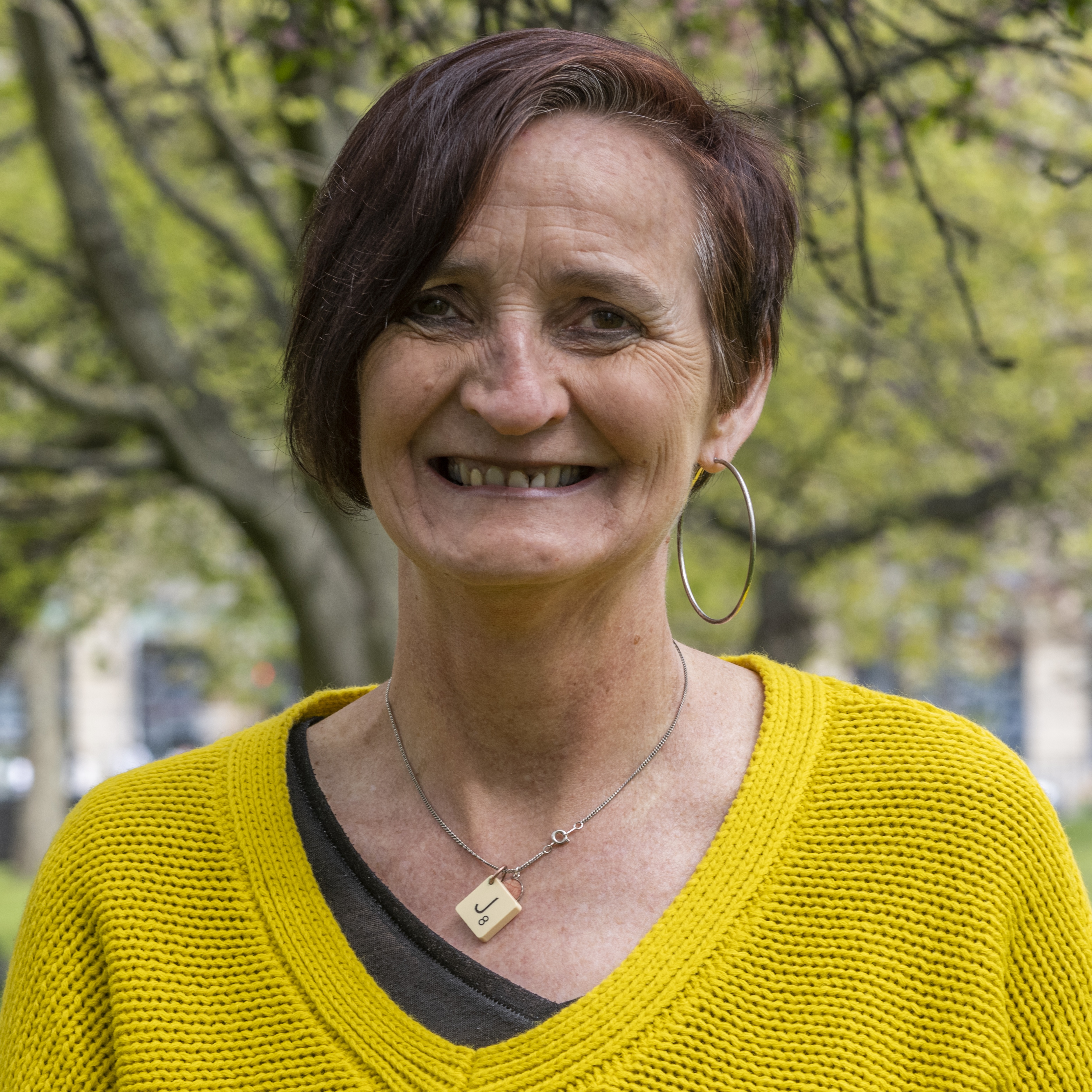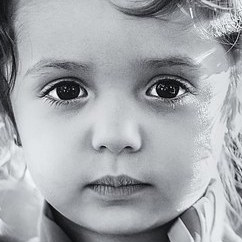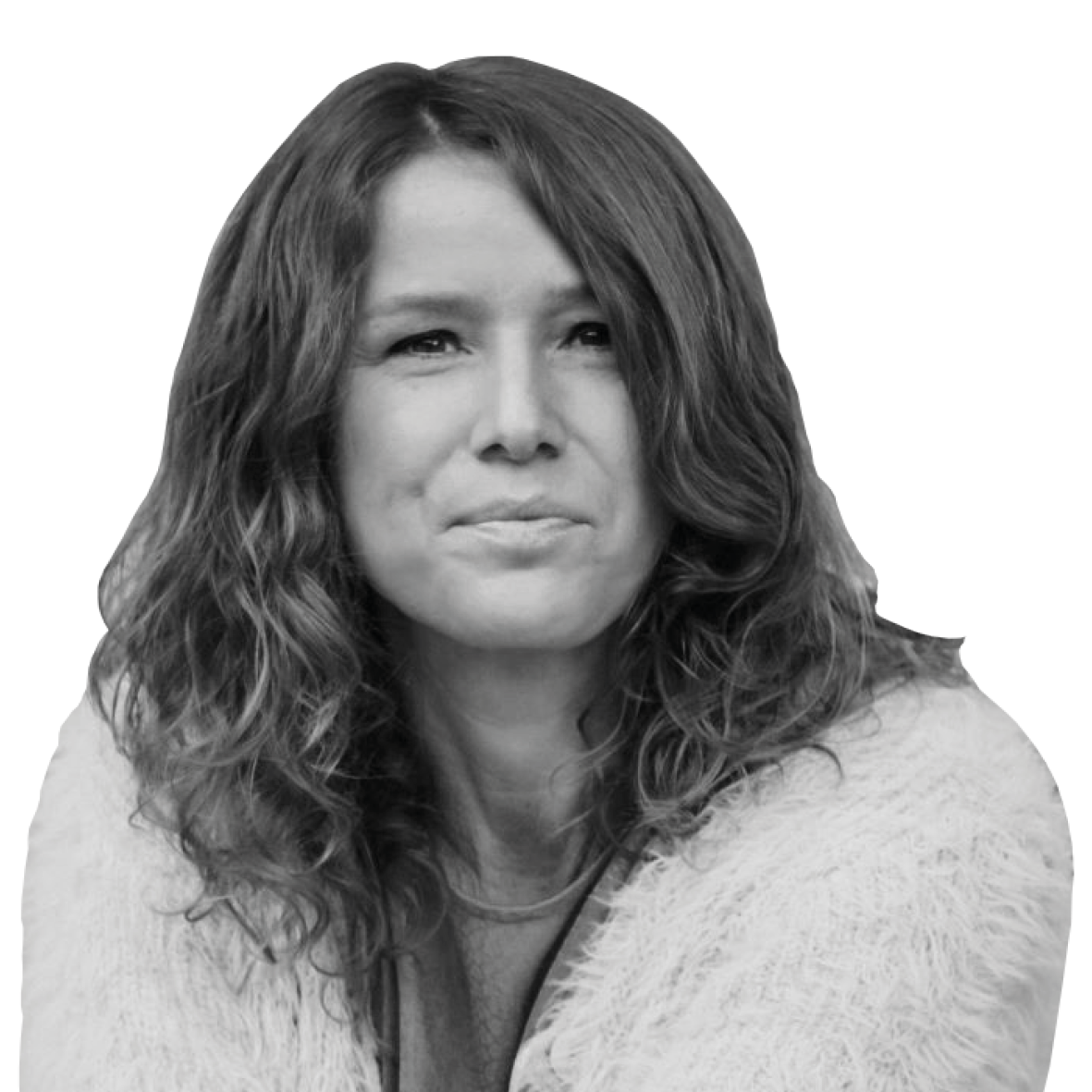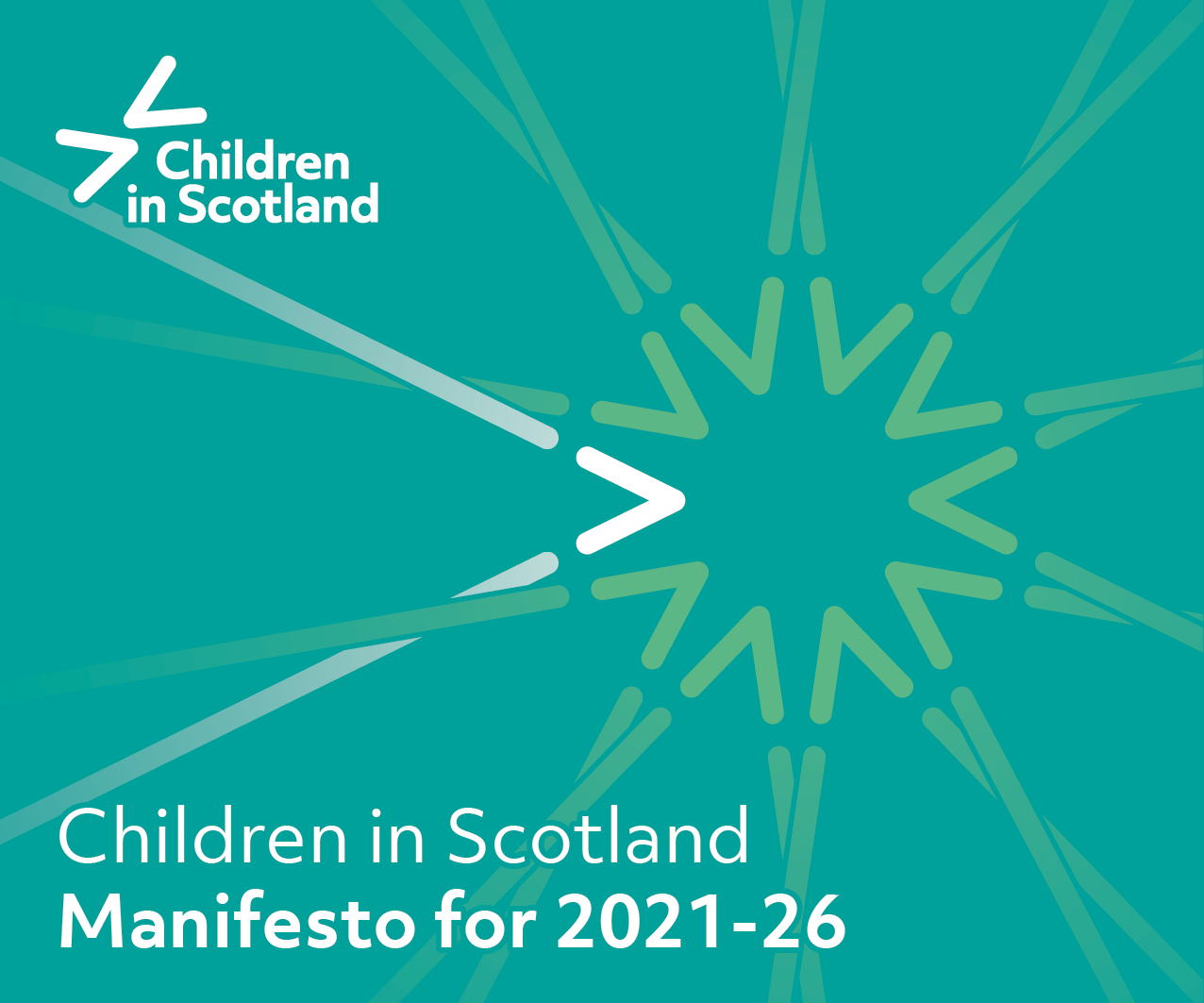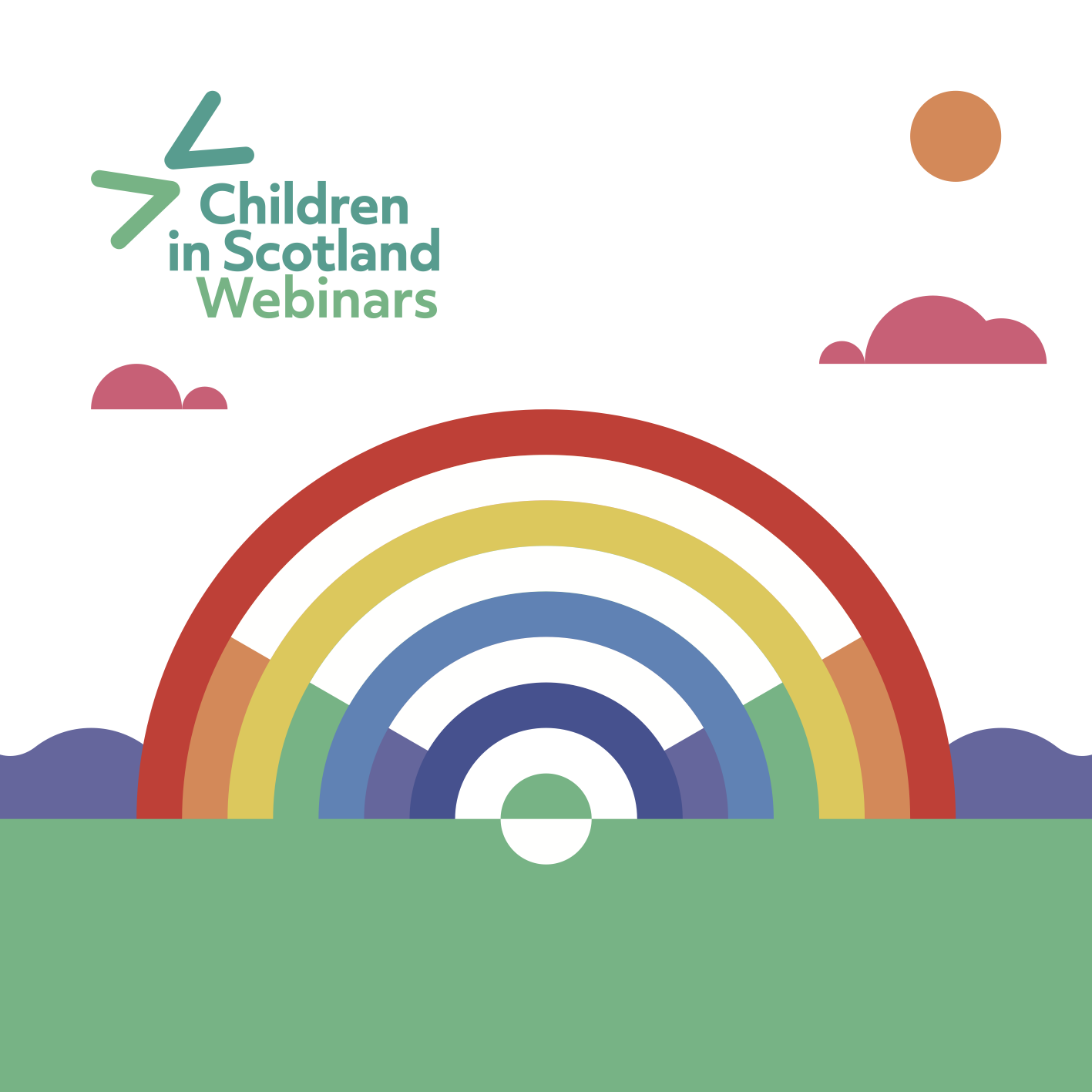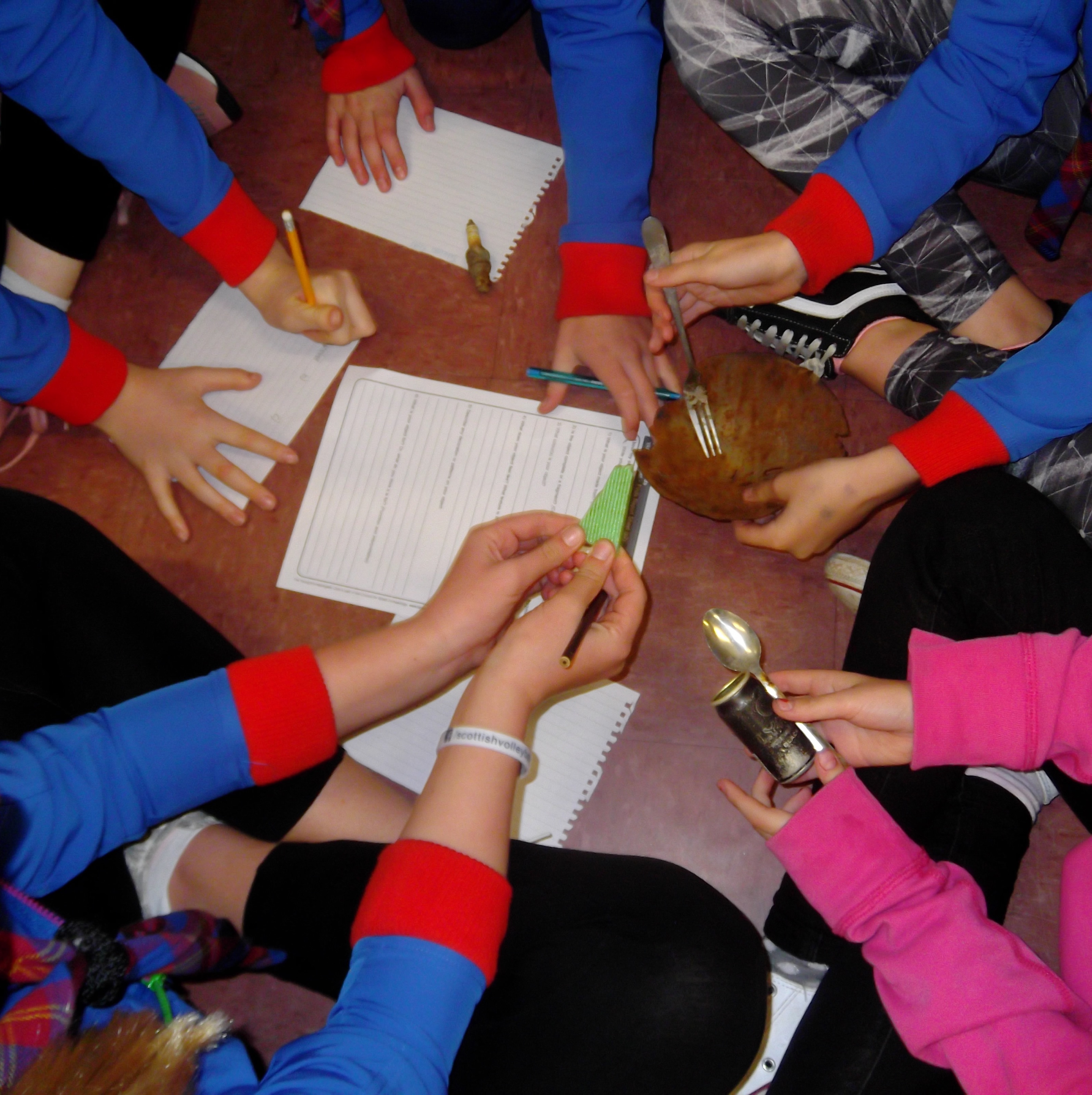Impact report reveals the benefits of peer research in participation projects
26 Jan 2023
Children in Scotland has published an impact report on evaluation from the Participation through the Pandemic project.
The report reveals the benefits of taking a peer research approach, where a group of people with lived experience of an issue come together to research it.
Funded by the Young Start programme (click here for more), the Participation through the Pandemic project explored how coronavirus changed the ways in which children and young people got involved in projects or accessed services.
Within it, a group of four young researchers aged 14-18 years worked together to examine how engaging online rather than face-to-face changed the way children and young people share their views.
By taking a peer research approach, the young people were able to learn by doing, learn from each other and gain skills and confidence in their own abilities.
On the process, one of the participants said:
“The analysis of the projects, especially the tasks following the discussions with the projects, gave me an insight into the depth of analysis and evaluation needed for research. This has allowed me to improve my research skills as I know what is required to gather excellent research.”
To help bring the report and its findings to life, the group worked with artist Victoria Geary to produce a short animation that explores what peer research is and the benefits it can bring to research and evaluation projects led by young people.
Children in Scotland is hosting a free webinar event on Thursday 23 February (10am-12pm) to share learning from the project, this report and the experience of taking a peer research approach.
Click here to find out more and register to attend
On the impact report, Chris Ross, Senior Policy, Projects and Participation Officer said:
“'Our evaluation of the Participation through the Pandemic project has shown the value of peer research as an approach. It gives children and young people a chance to take the lead and drive change. We found that building relationships and learning together were key in supporting our peer researchers, so was having fun!
Our upcoming webinar on the findings of the report will be a great opportunity to share good practice and learn new approaches. Please get signed up if you want to find out more."
Click here to read the impact report
Click here to find out more about the Participation through the Pandemic project

The Peer Research Impact Report
Explore the findings from our evaluation of the peer research approach
Click here to read the report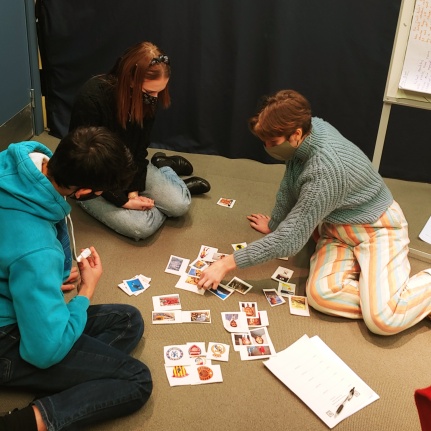
Participation through the Pandemic
Read the final report from this project published in June 2022
Click to find out more
Participation with young people
Find out more about our how we embed children and young people’s inclusion across all our work
Click here for more